Sustainable tourism & Santa Claus Village
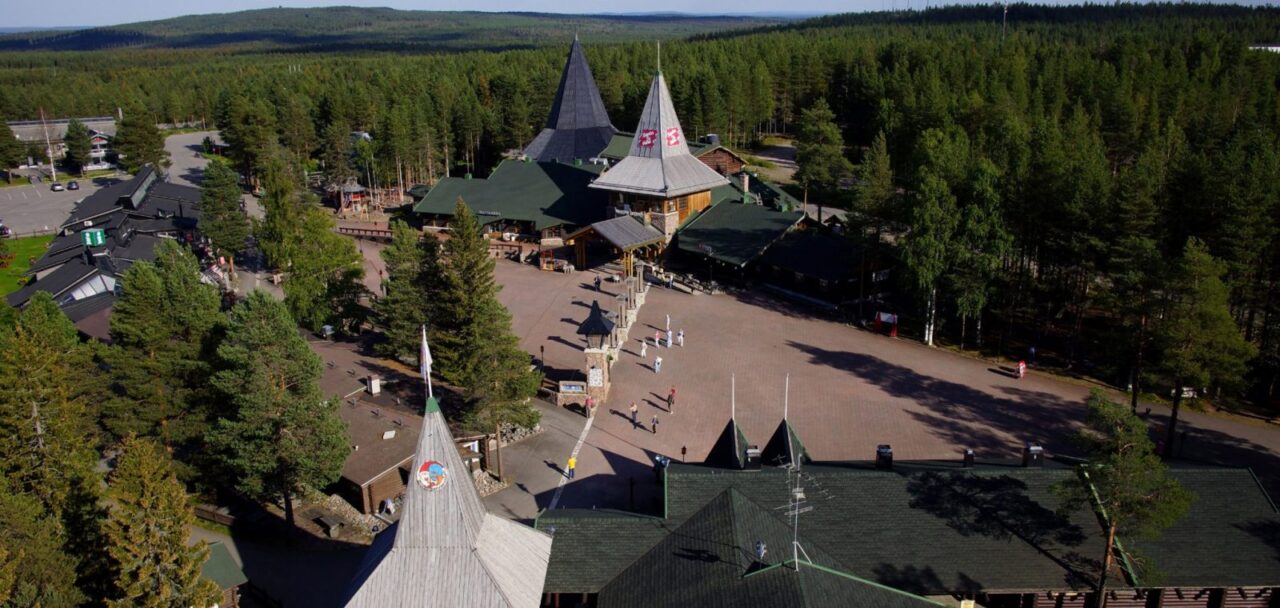
Companies of Santa Claus Village invest in sustainable development & environmentally friendly tourism
Sustainable development and especially the fight against climate change are taken seriously at Santa Claus Village, says Antti Nikander, the coordinator of Village’s cooperative. The cooperative represents over 60 tourism & experience industry companies located at the Arctic Circle and in its vicinity. Although significant steps towards sustainable development at the Arctic Circle have only been taken in recent years, and there is still much work to be done, the direction is now correct. The cooperative believes that the commitment of its members to sustainable tourism is genuine.
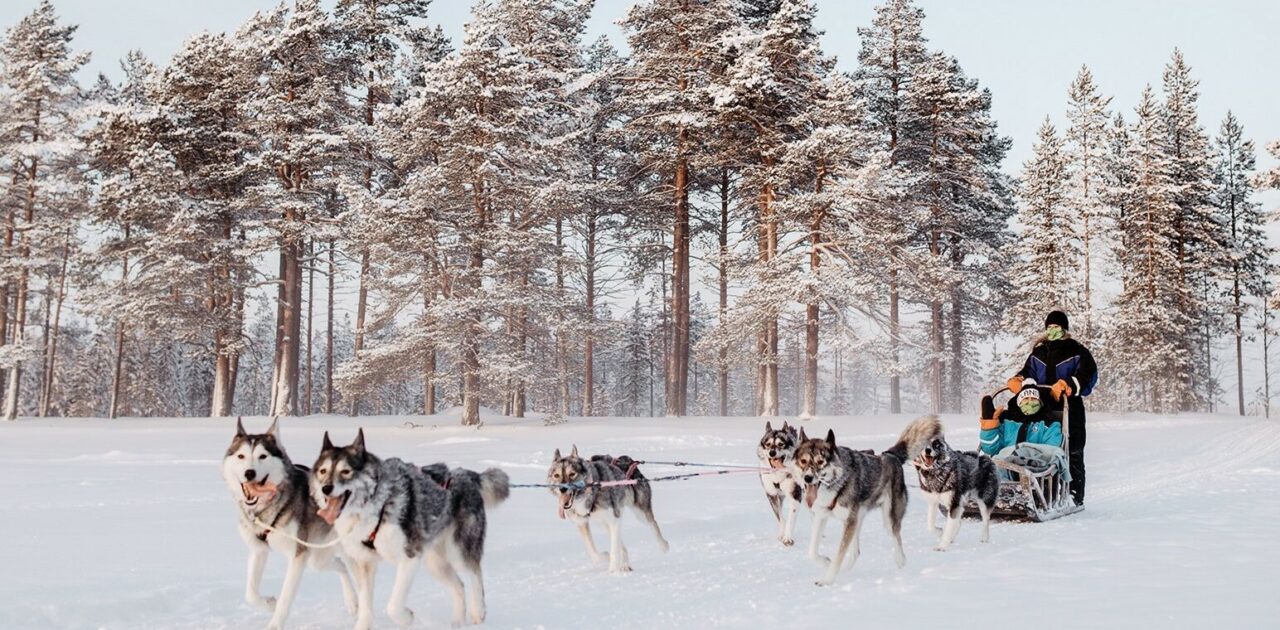
In the long run, everyone wins with sustainable tourism
The operators in Santa Claus Village and its surrounding area understand that everyone, including nature, consumers, entrepreneurs and the local community, are winners in tourism that is conducted in accordance with the principles of sustainable development. Additionally, the work of sustainable tourism never ends in practice, because there are always opportunities to do things better from an environmental, local community and animal welfare perspective.
Below are some examples of how the cooperative and its member companies operate in accordance with the principles of sustainable tourism. We believe that the Arctic Circle will continue to see new and increasingly interesting examples and initiatives.

Sustainable Travel Finland certification increasingly held by Santa Claus Village’s cooperative’s stakeholders
In developing sustainable tourism, several Santa Claus Village companies have invested in certifications with industry standards. Bearhill Husky in Rovaniemi was the first in the Santa Claus Village cooperative to receive the Sustainable Travel Finland label. After that many companies of Santa Claus Village Cooperative have got either Sustainable Travel Finland (STF) certification or other sustainability certification such as EcoCompass: find HERE list of the companies.
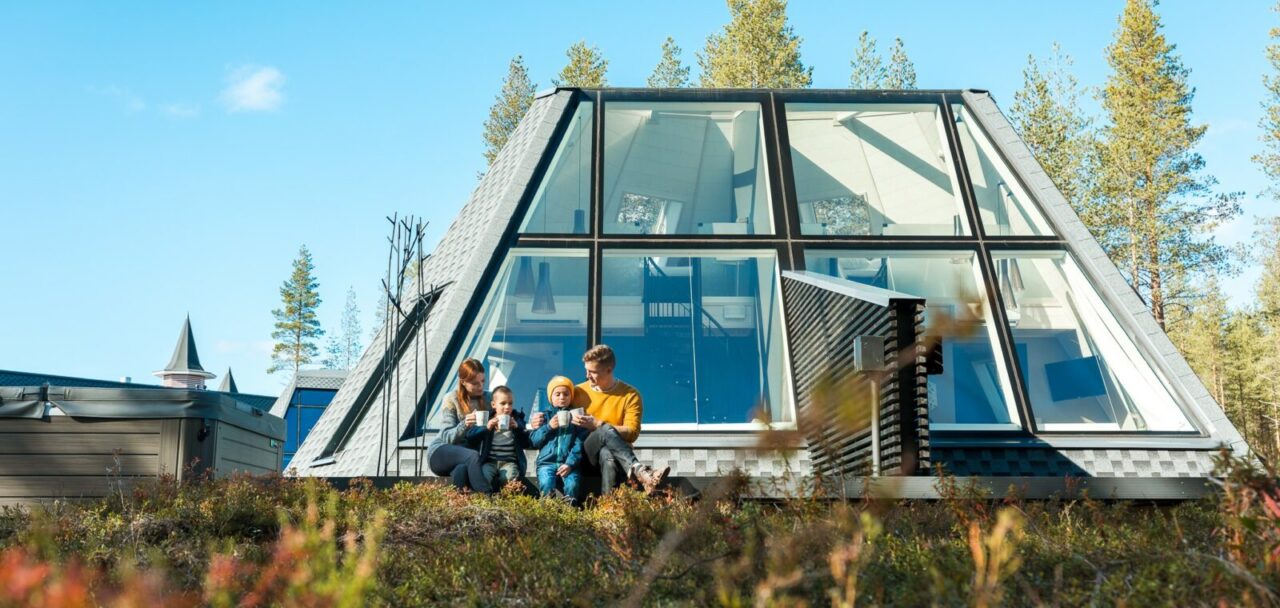
Environmentally friendly heating incl. heat pumps
Almost all of Santa Claus Village accommodation was built in the 2010s or 2020s, and their carbon emissions are relatively low. For example, Glass Resort, which offers glass igloo-type accommodation, utilizes air heat pumps for heating. In addition, heat pumps and the heating of windows in buildings utilize so-called green electricity. Also, for example, Santa Claus Holiday Village‘s newest Premium cottages are heated with ecological geothermal energy using green electricity, and the older holiday cottages in Lapland use environmentally friendly district heating in many ways.
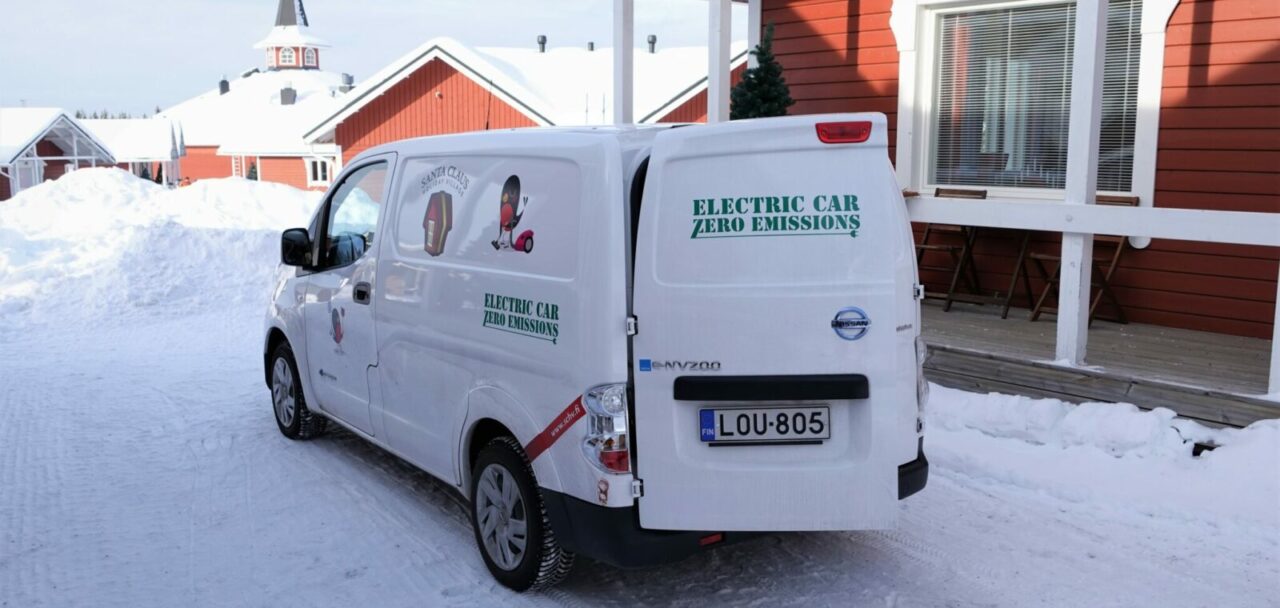
Green electricity playing a key role in reducing CO2 emissions
More and more companies in the Santa Claus Village cooperative have switched to using low-emission electricity. Particularly popular is the so-called green electricity, produced from renewable energy sources. In addition to heat pumps, green electricity is also utilized in the Arctic Circle in other innovative ways. For example, Santa Claus Holiday Village’s many service cars and Santatelevision use ecological electricity. According to the cooperative, there is intention to develop charging infrastructure for electric cars at Santa Claus Village, which would provide low-emission energy for tourist vehicles.
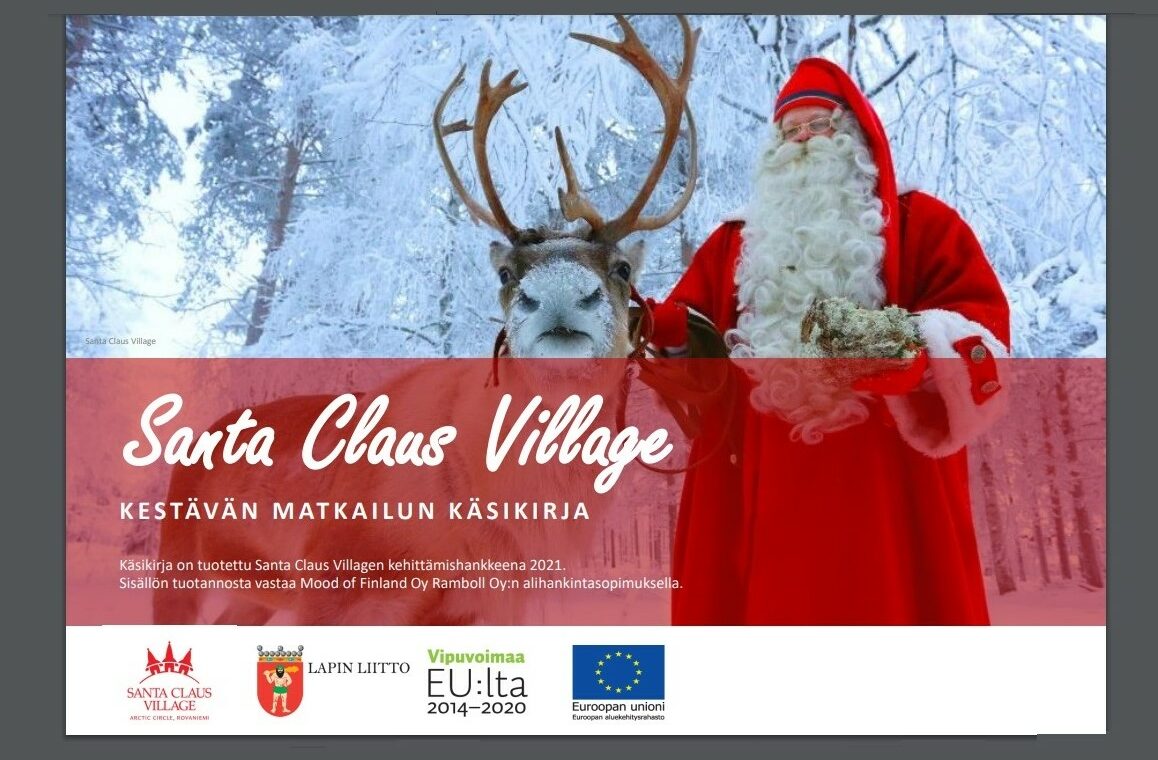
Cooperative published a handbook for sustainable tourism for Santa Claus Village companies
The Santa Claus Village cooperative also organizes sustainable development training for companies in the area, and it has just completed its Santa Claus Village’s Handbook for Sustainable Tourism. However, Nikander from the cooperative emphasizes that Santa Claus Village and its businesses still have a long way to go on the road to sustainable tourism.
The cooperative’s objective is that Santa Claus Village would become one of Finland’s first major carbon neutral tourist destinations in the long term, and that all of Santa Claus Village would receive the Sustainable Travel Finland label. However, that would first require that at least half of the companies in the area be certified.
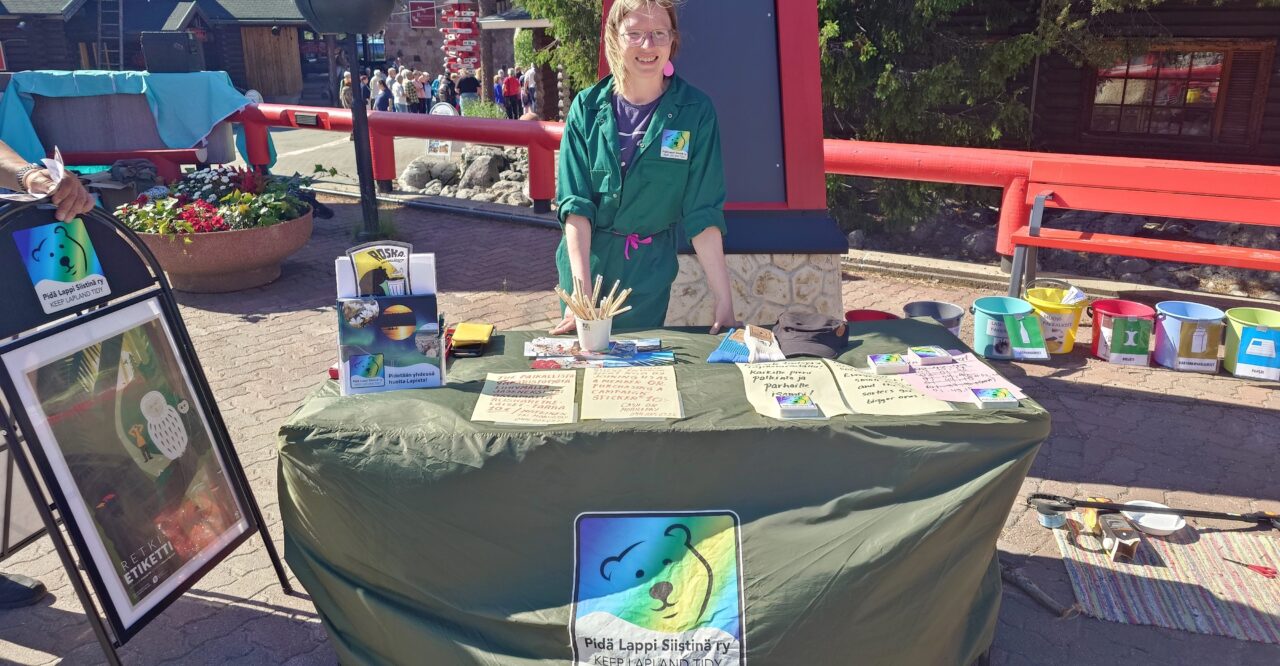
Cooperation with Lapland Tidy Association
Thanks to cooperation with the environmental association Keep Lapland Tidy (Pidä Lappi Siistinä ry), the Cooperative of Santa Claus Village aims to share valuable information with tourists and local tourism companies, increase the recycling and improving expertise in the circular economy. Concrete pedagogical actions are also done. Keep Lapland Tidy Association, founded in 1987, is a non-profit environmental organization dedicated to maintaining Lapland’s clean environment through education, waste management, and various projects.